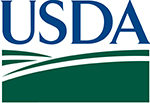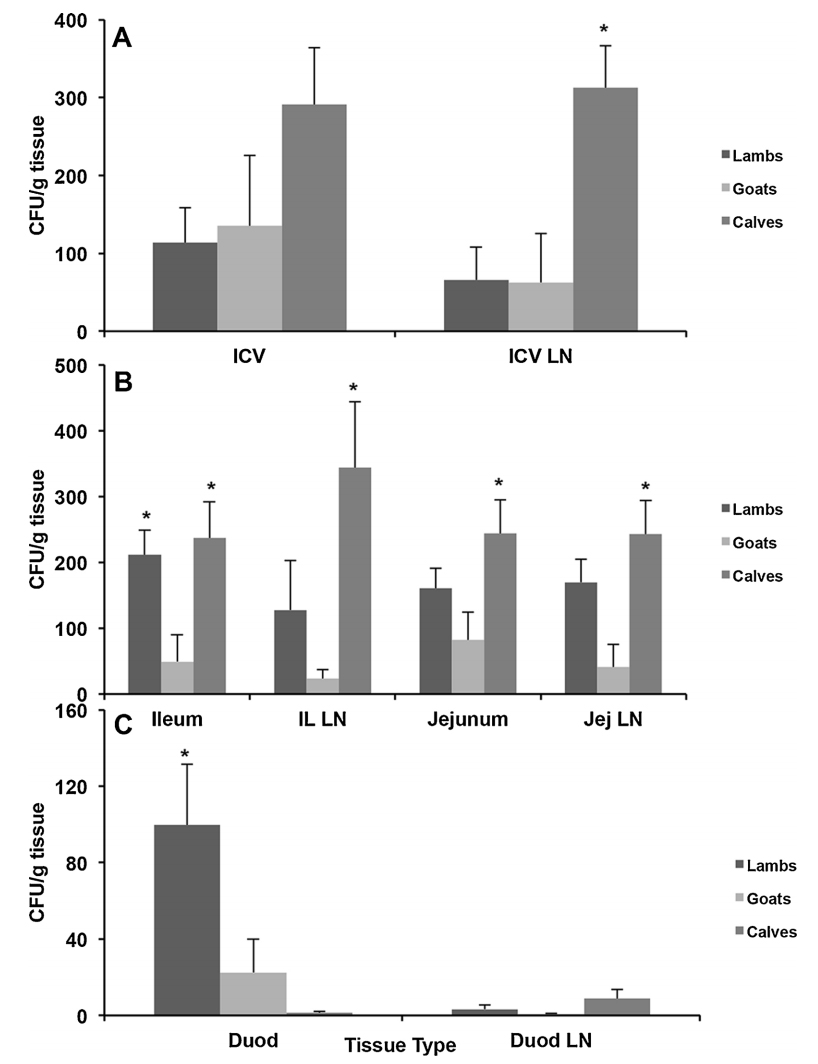 Dr. Judy Stabel, from the U.S. National Animal Disease Center, and colleagues have published a study comparing three animals, calves, lambs, and baby goats for the study of paratuberculosis following experimental challenge. Their research publication will appear in the July 2020 (volume 225) issue of the journal Veterinary Immunology and Immunopathology.
Dr. Judy Stabel, from the U.S. National Animal Disease Center, and colleagues have published a study comparing three animals, calves, lambs, and baby goats for the study of paratuberculosis following experimental challenge. Their research publication will appear in the July 2020 (volume 225) issue of the journal Veterinary Immunology and Immunopathology.
Abstract
Animal infection models to study Mycobacterium avium subsp. paratuberculosis (MAP) infection are useful for evaluating the efficacy of vaccines and other therapeutics for the prevention or treatment of infection. The goal of the present study was to compare smaller ruminants, sheep and goats, with calves as infection models. Neonatal sheep, goats, and calves (n = 4) received 109 cfu of a cattle isolate of MAP in milk replacer on days 0, 3 and 6 in a 12-month study and sampled monthly thereafter. Results demonstrated a robust antigen-specific IFN-γ response at 90 days post-inoculation for sheep and goats, with lower responses noted for calves. By 360 days, IFN-γ responses were 50 and 82% higher for calves than for goats and sheep, respectively. Although MAP-specific antibody responses were first observed in sheep at 90 days, calves had higher antibody responses throughout the remainder of the study. Following pass-through shedding on day 7, fecal shedding was fairly negligible across treatments but remained higher for calves throughout the study. Colonization of tissues was variable within treatment group and was higher for calves and sheep for the majority of tissues. Upon antigen stimulation of PBMCs, higher populations of CD4 + T cells cells and lower populations of γδ TCR + and NK cells were observed for goats and calves compared to sheep. Relative gene expression of IL-4, IL-12, and IL-17 in PBMCs was higher in goats, corresponding to lower tissue colonization with MAP. These data suggest that ruminant species are fairly comparable as infection models for MAP, but discrete differences in host responses to MAP infection exist between species.

Summary (from article)
In summary, although sheep and goats share many similar properties as infection models to calves, overall calves proved to be a more standardized model with demonstrable fecal shedding, tissue colonization and host immune responses upon long-term infection. It is certainly up to the researcher to define their needs and goals in order to select the appropriate infection model. This may be impacted by practical factors associated with housing and feeding of animals in long-term studies as well as being driven by producer interest in the dominant livestock species in the region.